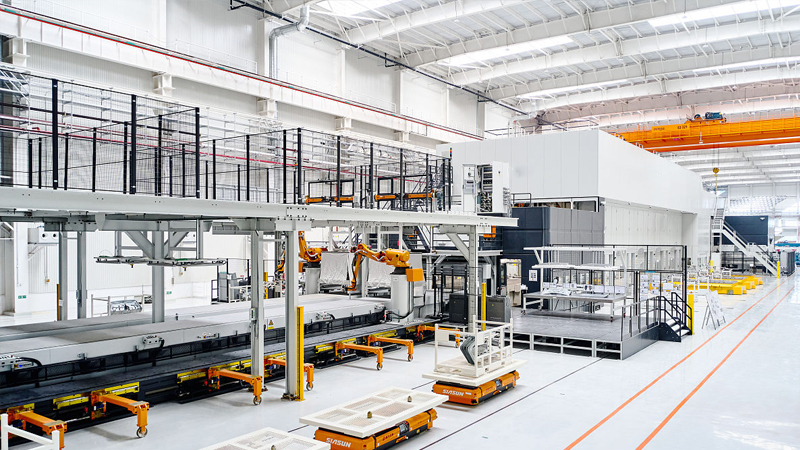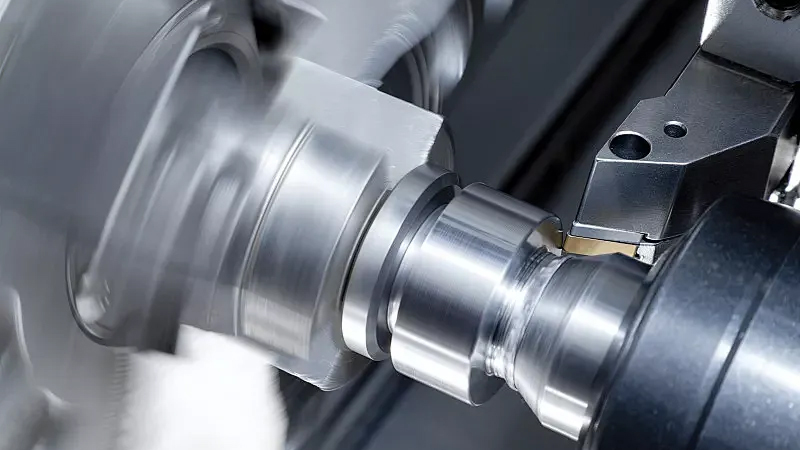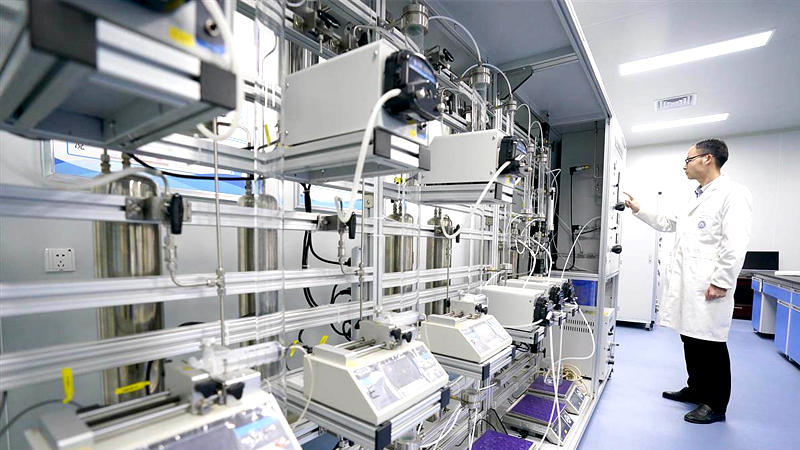Related Products
Methods to improve the machining efficiency of precision parts
In the processing of non-standard equipment parts, common problems such as accelerated tool wear, poor processing appearance, and difficulty in chip removal will appear, which seriously affect the quality, production cycle and processing cost of precision parts processing such materials.
The machining of non-standard equipment parts requires ultra-lubricated machining appearance and high machining accuracy. This requires a high standard life span of the knife. Whether the tool is worn or not will be based on whether the quality of the machining appearance is reduced. The standard life of diamond tools is very high, and the tool wear is very slow during high-speed cutting. Therefore, in ultra-precision cutting, the cutting speed is not restricted by the tool life, which is different from the general cutting rules.
The cutting speed selected for non-standard equipment parts processing practice is often selected according to the dynamic characteristics of the ultra-precision machine tool used and the dynamic characteristics of the cutting system, that is, the speed with the smallest vibration is selected. At this speed, the surface roughness is the smallest and the processing quality is the highest. Obtaining high-quality non-standard mechanical processing appearance is the primary question in the processing of non-standard equipment parts. The application quality is good, especially the ultra-precision machine tool with good dynamic characteristics and low vibration can use high cutting speed and can travel processing power.
The selection of processing parameters of non-standard equipment parts mainly includes the selection of cutting tool viewpoint, the selection of cutting speed, and the selection of cutting depth and feed speed. From the past experience, we know that if you select a tool with a larger rake angle when processing plastic materials, you can effectively suppress the formation of the buildup. This is when the rake angle of the tool increases, the cutting force decreases, the cutting deformation is small, and the tool and chip The contact length becomes shorter, which reduces the basis of built-up edge.








